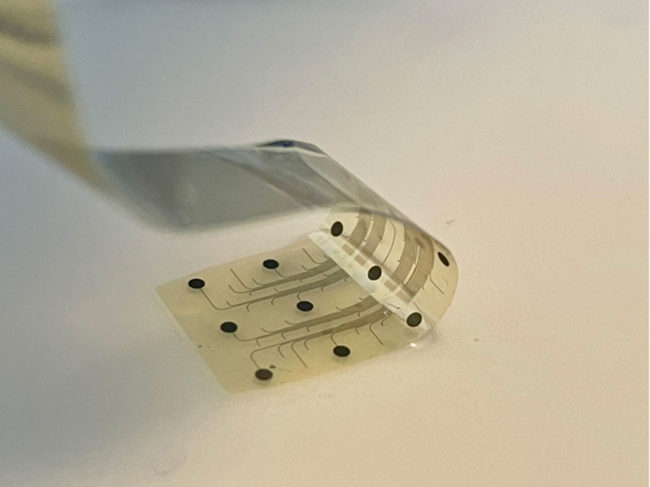
Articles Tagged with ''regulatory''
2023 Artificial Intelligence Summit
Consumerism expected to play a major role in AI regulation
Read MoreLSX Investival Showcase
Funding environment continues to be difficult for med-tech startups
Read More2023 Med Tech Conference

